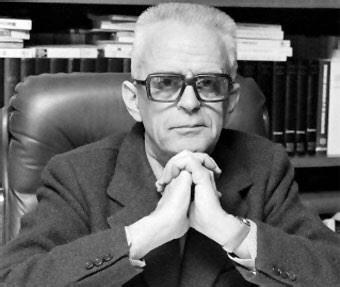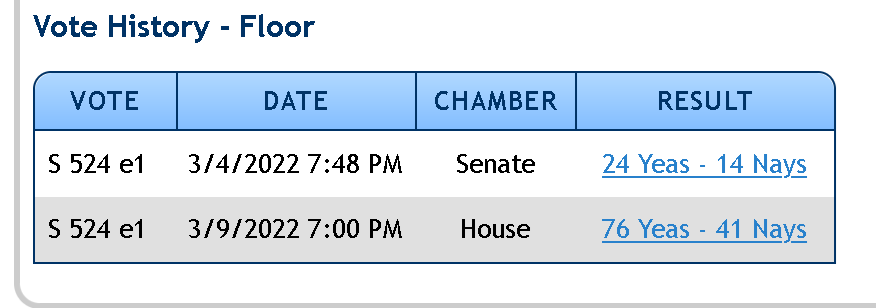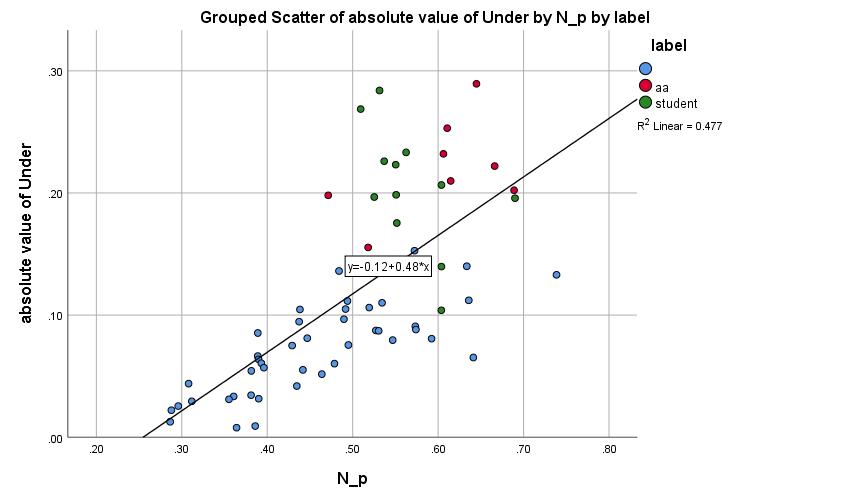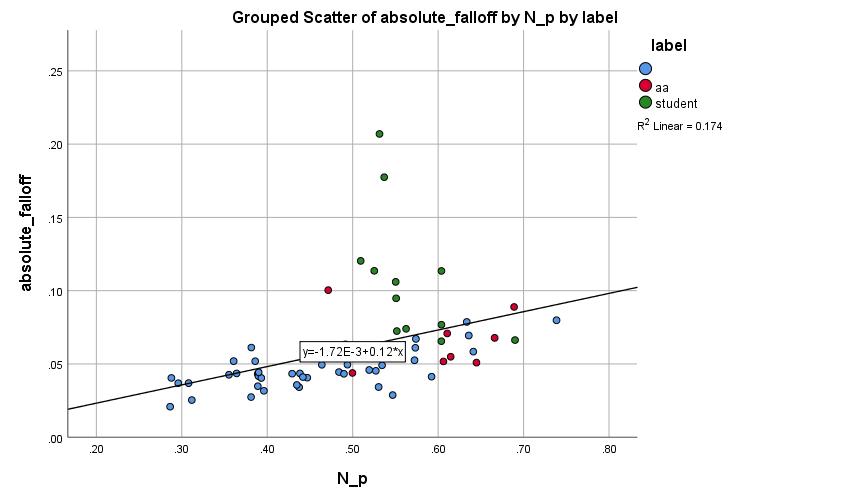
Blog Challenge: What do you do?
My father and I have started meeting for breakfast once a week. No agenda, just eggs and chatter.
and chatter.
We were chewing the fat about it being busy at work, and he looks at me and asks “What is it that you guys do?”
That hit hard – my own father doesn’t know what we do.
Now, in fairness “what we do” has changed over the years – mostly morphing on the type of clients.
But I gave him my best elevator speech, one that we worked on for a bit – “Ozean is a political affairs firm providing strategic consulting using research, data, messaging, and media that drives messages beyond the bounds of only the political elite.”
Yeah, I could tell that didn’t land.
“Dad, Ozean is a public relations firm for political clients.” AH-HA. That was a bit better. “We conduct research and create political campaigns, not so much for candidates any more but more for other political actors.”
“But we don’t use the term public relations…..”
“Why?”
Political Public Relations
The term “public relations” when involving government work is frowned upon and suspect.
There is a weariness of formally acknowledging that the government would have an interest in molding public opinion about issues. Therefore, in 1913, the Gillett Amendment was tacked on to the Interstate Commerce Commission’s enabling act. While it doesn’t ban government public relations per se, it does state “Appropriated funds may not be used to pay a publicity expert unless specifically appropriated for that purpose.” Huh? Yeah, I find it confusing too.
So, like with most laws and regulations, we go out of our way to find a loophole : We call ‘public relations’ by any other name.
The government employees and spends money, lots of money, on ‘information specialists’ and ‘community relationship managers.’
Firms that contract with the government go out of the way to call themselves “public affairs firms”, “strategic communication firms” – just not “public relations.” We like the term “political affairs.”
This obfuscation brings to mind the old saying “the greatest trick the Devil ever pulled was convincing the world he didn’t exist.”
In the end, call it what you want, but Ozean identifies audiences (“stakeholders”), attempts to understand who they trust and how and what they are thinking so that our clients can influence them on political matters.
Clear as mud right? It’s just not public relations.












